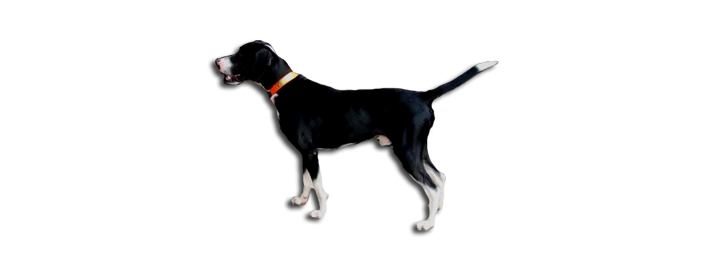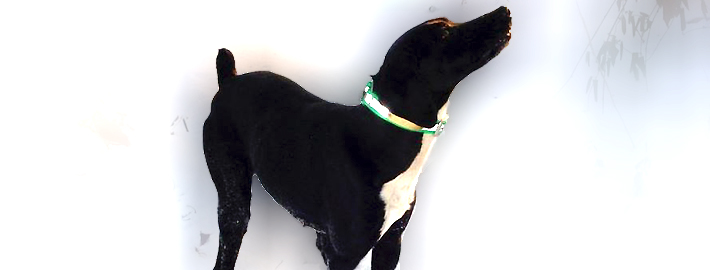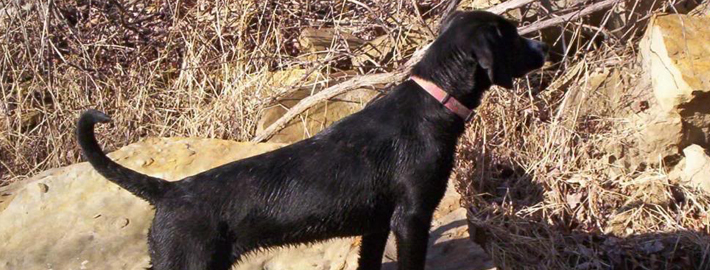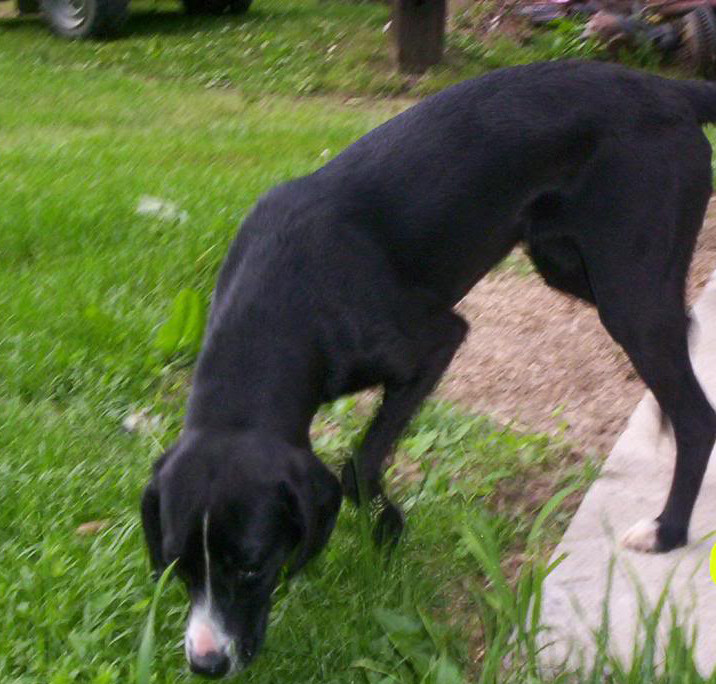What makes the Stephens Cur Unique?
Typically used for catching squirrels and raccoons, these Kentucky hunting dogs have also assisted their owners in the capture of larger prey such as bears and mountain lions.
Breed Groups
Page Contents
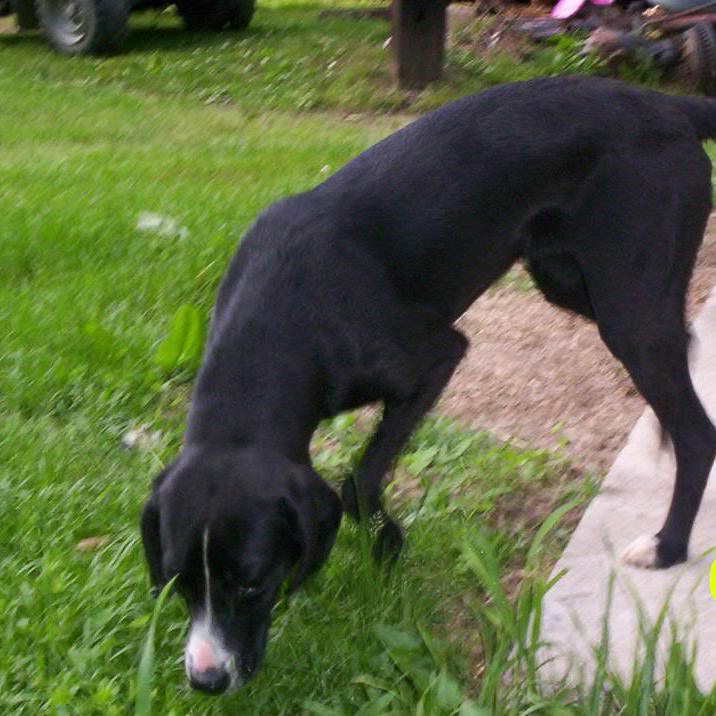
Is the Stephens Cur Right For You?
Stephens Curs are lively, energetic individuals. Most are bred specifically for hunting purposes, leading the dogs to be somewhat aggressive. However, viciousness is considered to be a major flaw in members of this breed. A is the case with most dogs, Stephens Curs are typically quite devoted to members of their human family. In fact these dogs are playful, friendly animals that will get along great with children, especially if the individuals in question have been raised together. Members of this breed are also generally tolerant of other dogs. Even so, Stephens Curs do not get along well with unfamiliar people and the dogs are simply not to be trusted around cats or other small pets.
In 5 Words
- Alert
- Energetic
- Tenacious
- Responsive
- Intelligent
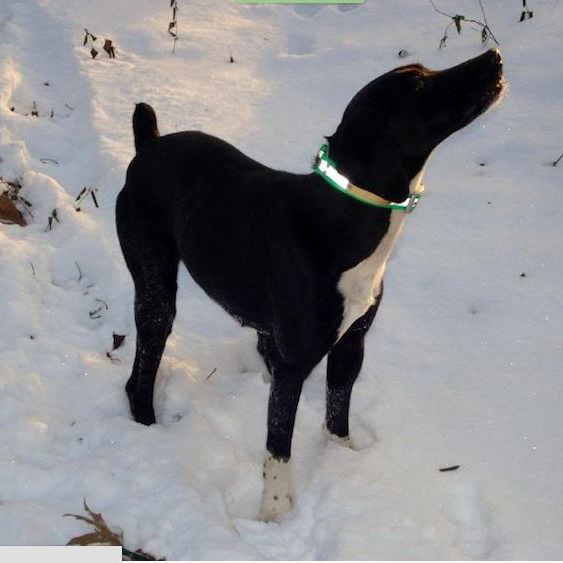
Characteristics
Learn About the Stephens Cur
Description
General Description
Although they are descended from the Mountain Curs, Stephens Curs do not look or act like their forebears. Stephens Curs have medium sized, rectangular bodies and an overall athletic appearance.Their backs are long and level. These dogs are generally strong, agile animals. Members of this breed possess long legs and average sized feet that enable them to move with a quick, fluid gait no matter what the terrain happens to be like. These dogs also have flat skulls, tapered muzzles, arched necks, and heads that are in proportion to the rest of their bodies.. Stephens Curs also possess black, square shaped noses and large brown eyes. These dogs have moderately sized drop ears. The low set tails found on members of this breed are of a moderate length. In keeping with the fact that Stephens Curs are working breed, scars are not penalized but neither are such markings considered proof of a dog’s skills. The United Kennel Club further states that “exaggerations or faults should be penalized in proportion to how much they interfere with the dog’s ability to work.”
Size
Stephens’ Breeders Association standards call for these animals to be between 16 and 23 inches (41 and 58 centimeters) in height. In addition, the dogs should not weigh more than 55 pounds (25 kilograms). The United Kennel Club holds the same to be true but adds that the weight of an individual Stephens Curs should be consistent with its height.
Coat
Members of this breed have a double coat. The thick, bottom layer of fur is soft to the touch but the outer layer can be either smooth or coarse in texture. Stephens Curs should not have wooly fur. The dogs are usually black in hue but they may also have white markings on their feet, chests, and necks. Even so, the white spots should not take up more than one third of an individual’s body. Dark grey Stephens Curs are also seen from time to time but this hue is currently not accepted by the United Kennel Club. However, only albino dogs of this breed are completely banned from the show ring.
Although the word cur originally was used describe canines with mixed bloodlines, the term has since been applied to working breeds in the southern portion of the United States. Animals known as Mountain Curs were originally found in Kentucky, Virginia, and Tennessee where they were used to protect estates and help their owners bring home fresh game for their families. However, these dogs started going extinct around the 1940s. Fortunately, they were saved from that fate by the help of four breeders who formed the Original Mountain Cur Breeders Association so that the dogs would remain in existence. One of these men, Hugh Stephens, eventually went on to create a new breed that was significantly different from the original. Thus, the Stephen’s Breeders Association was eventually formed by members of the Stephens family. The dogs developed by the organization were officially recognized by the United Kennel Club (UKC) in 1998 but have yet to be acknowledged by the American Kennel Club (AKC).
Temperament
Due to their past and current use as a hunting breed, Stephens Curs are lively, energetic individuals. Most are bred specifically for hunting purposes, leading the dogs to be somewhat aggressive. However, viciousness is considered to be a major flaw in members of this breed. A is the case with most dogs, Stephens Curs are typically quite devoted to members of their human family. In fact these dogs are playful, friendly animals that will get along great with children, especially if the individuals in question have been raised together. Members of this breed are also generally tolerant of other dogs. Even so, Stephens Curs do not get along well with unfamiliar people and the dogs are simply not to be trusted around cats or other small pets.
Caring for Your Stephens Cur
General Health
While Stephens Curs may indeed suffer from health problems that are typically found in all dogs, no breed specific problems have been noted thus far. However, deafness, blindness, and dental anomalies are noted in the United Kennel Club standards as disqualifying faults for show animals so presumably these ailments may be present in some individuals.
Care
Daily
Stephens Curs need extensive workout sessions on a daily basis. Members of this breed will benefit greatly from having a good sized yard to use for this purpose.
Weekly
It is always a good idea to brush your pet’s teeth several times per week, if not every day, to prevent otherwise avoidable dental illnesses.
Monthly
Parasite prevention medications should be administered on a regular basis. Most products need to be given once a month for maximum effect.
Grooming & Bathing
Due to the fact they were bred for their working abilities, these dogs do not have extensive grooming needs. However, their short fur does need to be brushed occasionally. It is not a good idea to bathe Stephens Curs all that often because washing these dogs will usually eliminate the protective oils in their coats that protect them from the elements.
Exercise & Training
Stephens Curs are smart dogs that quickly learn what it is expected of them. These dogs do tend to be single minded when they are on the hunt, but they are otherwise an obedient breed. As is the case with most dogs, kind and consistent training goes far with Stephens Curs. However, early socialization is highly recommended for these members of this breed because otherwise they may behave aggressively towards unfamiliar people and animals.
Stephens Curs are a highly active breed and they are subsequently not suitable for apartment life. In fact, these dogs would rather live outside than indoors. The dogs will definitely need to work off their energy by going hunting or by playing games with their human family members. Stephens Curs may nonetheless get along fine as an inside pets as long as they have plenty of access to outdoors spaces where they can receive sufficient exercise. After all, it is the breed’s desire for constant activity and mental stimulation that usually causes them to be a poor choice of house pet.

